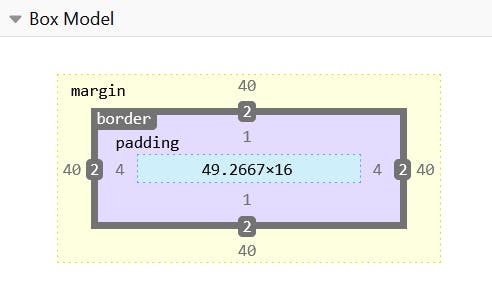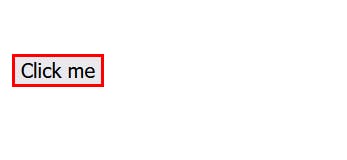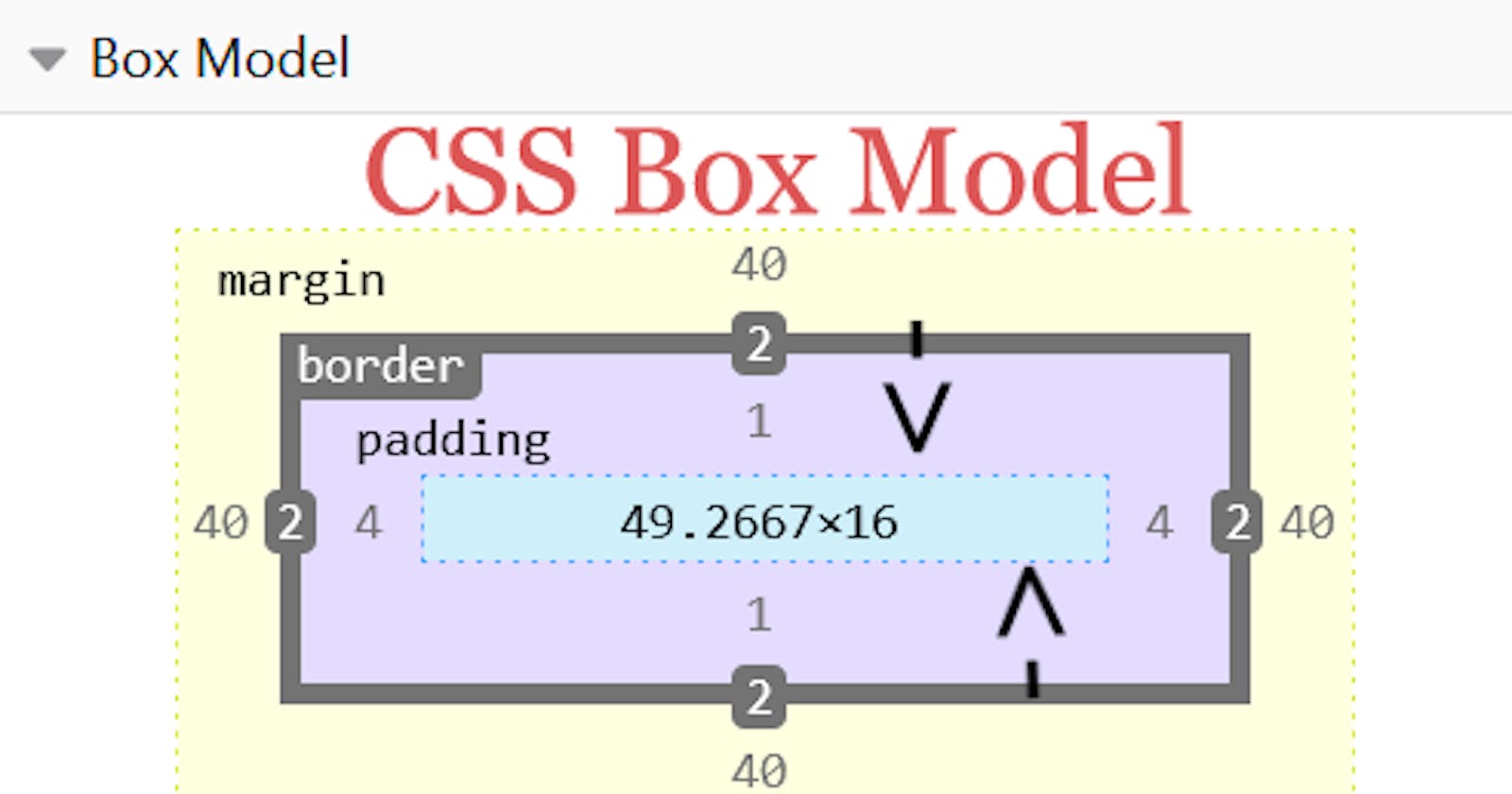When you create a website, each element you add (like text, images, buttons, etc.) is displayed as a rectangular box on the page. This rectangular box has four parts: content (what's inside the box), padding (space between the content and the edge of the box), border (a visible line around the box), and margin (space outside the box). To style these elements using CSS, you need to understand how the box model works because it affects how the elements look and how they fit together on the page.
The CSS box model has three parts: padding, margin, and border.
Padding :
Padding refers to the space between an element's content and its border. The padding can be set using the padding property in CSS. For example, if we want to add 10 pixels of padding to an element, we can use the following CSS code:
.element {
padding: 10px;
}

This will add 10 pixels of space between the content of the element and its border.
Margin
Margin refers to the space outside an element's border. The margin can be set using the margin property in CSS. For example, if we want to add 40 pixels of margin to an element, we can use the following CSS code:
.element {
margin: 40px;
}

This will add 40 pixels of space outside the border of the element.
Border :
Border refers to the line around an element's content and padding. The border can be set using the border property in CSS. For example, if we want to add a 1-pixel solid black border to an element, we can use the following CSS code:
.element {
border: 2px solid red;
}

This will add a 2-pixel red border around the element (Button).
Box Sizing :
By default, the width and height of an element include its content, padding, and border. This can sometimes cause layout issues, as the actual space taken up by the element may be larger than expected. To avoid this, we can use the box-sizing property in CSS to adjust how the width and height of an element are calculated.
For example, if we want the width and height of an element to only include its content, we can use the following CSS code:
.element {
box-sizing: content-box;
}
Alternatively, if we want the width and height of an element to include its content, padding, and border, we can use the following CSS code:
.element {
box-sizing: border-box;
}
Conclusion
The CSS box model is a basic idea that shows how each element on a web page is displayed as a rectangle, and it has four parts: content, padding, border, and margin. To style web pages using CSS, we need to understand the box model. It helps us to control how elements look, how they fit on the page, and how much space there is around and inside each element. We can make sure our layouts look good and are consistent by using CSS properties like padding, margin, border, and box-sizing.
